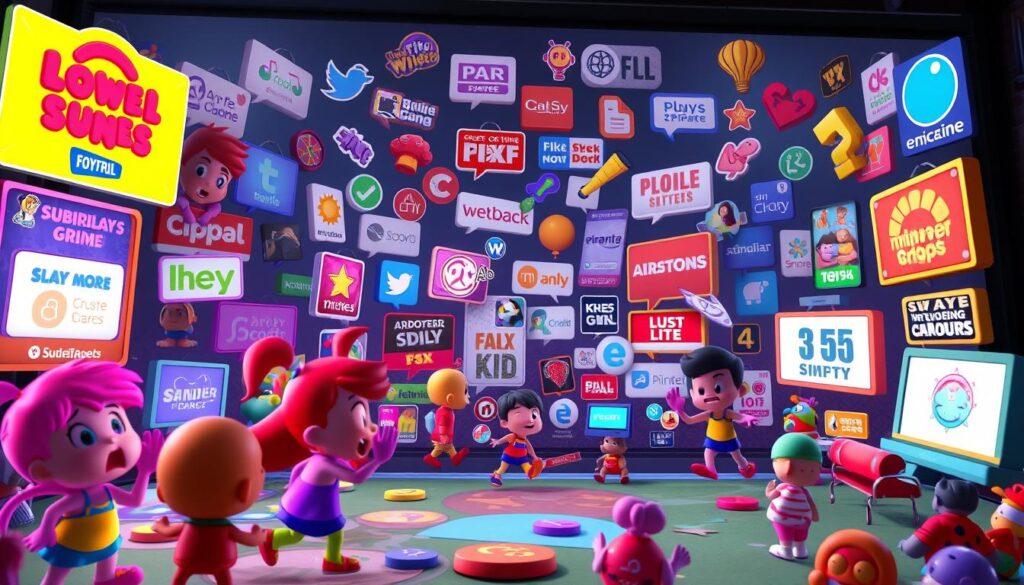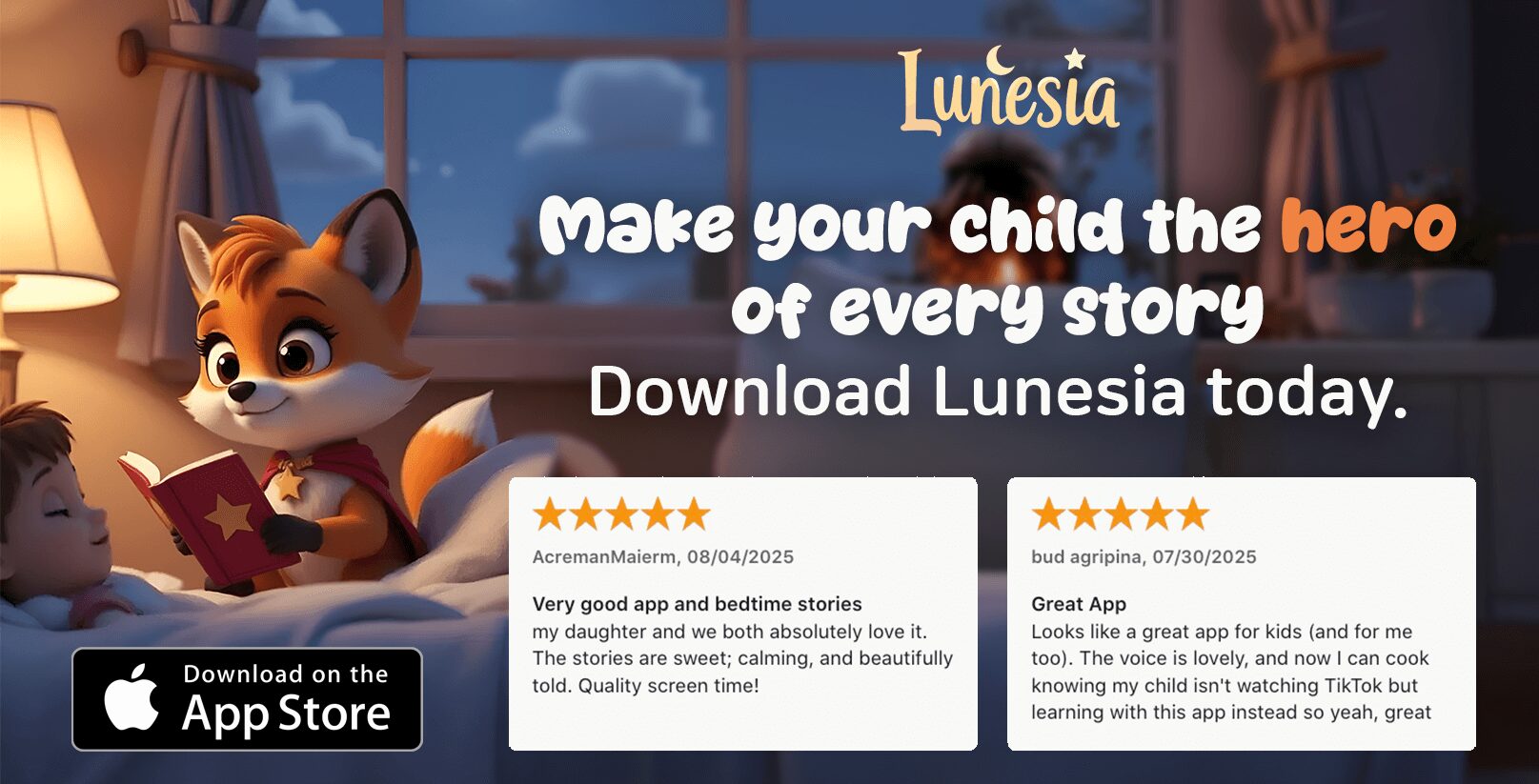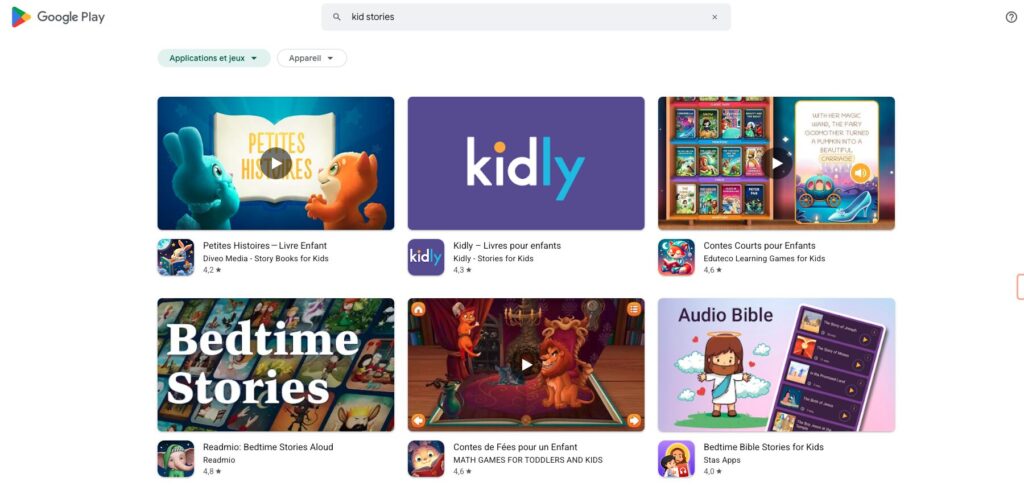Last week, I watched my 6-year-old daughter play her favorite learning app. Suddenly, a flashy ad popped up, interrupting her game. It was for a product completely unrelated to the app’s educational goal. I felt frustrated and concerned. How could I ensure her digital space remained safe and focused?
This experience made me realize how common intrusive ads are in children’s apps. Many parents face this challenge daily. Ads can disrupt learning, expose kids to inappropriate content, and even collect personal information without consent. It’s a problem that needs immediate attention.
In this article, I’ll guide you through understanding, identifying, and overcoming these intrusive ad behaviors. We’ll explore expert insights, including strategies adapted from Google Ads and Apple Ads privacy principles. Together, we’ll create a safer, ad-free digital environment for our children.
From defining intrusive ads to suggesting secure alternatives, this guide covers everything you need to know. Let’s take the first step toward protecting our kids’ online experiences.
Understanding Intrusive Ads in Children’s Applications
As a parent, I’ve noticed how often ads interrupt my child’s app experience. These interruptions can be more than just annoying—they can be harmful. To protect our kids, it’s essential to understand what makes an ad intrusive and how it affects their safety and learning.
Defining Intrusive Advertising
Intrusive advertising refers to ads that disrupt the user experience. Unlike subtle banners or sponsored content, these ads often appear unexpectedly. They can take over the screen, interrupt gameplay, or even mimic the app’s design to confuse young users.
For example, a study by the University of Michigan found that 95% of children’s apps contain at least one ad. Many of these ads are designed to look like part of the game, making it hard for kids to distinguish between content and marketing.
Impact on Child Experience and Safety
Intrusive ads don’t just disrupt learning—they can also expose kids to inappropriate content. Pop-ups promoting unrelated products or services can lead children to click on unsafe links. Worse, some ads collect personal information without consent, posing a privacy risk.
The Federal Trade Commission (FTC) has guidelines to protect children from such practices. However, many apps still use manipulative tactics, like making characters cry when a purchase isn’t made. These strategies can emotionally manipulate young users, affecting their mental well-being.
| Feature | Intrusive Ads | Non-Intrusive Ads |
|---|---|---|
| Placement | Overwhelms the screen | Subtle, in the background |
| Format | Misleading or confusing | Clear and labeled |
| Impact | Disrupts learning and safety | Minimal interruption |
Understanding these differences is crucial for creating a safer digital environment. By recognizing intrusive ads, we can take steps to protect our children’s online experiences.
Identifying the Sources of Intrusive Ads
When my son opened his favorite puzzle app, a loud video ad startled him, making me wonder where these interruptions come from. As parents, we need to understand the roots of these intrusive experiences to protect our kids’ digital spaces.
Intrusive ads don’t just appear out of nowhere. They’re often the result of specific marketing strategies and ad formats. By identifying their sources, we can take steps to minimize their impact.
Traditional Advertising Versus Mobile Advertising
Traditional advertising, like TV or print, is often less intrusive. Ads are placed during breaks or in designated spaces. Mobile advertising, however, is more dynamic and interactive, which can lead to disruptive experiences.
For example, mobile ads can appear at any time, even during gameplay. They’re designed to grab attention quickly, often using flashy visuals or loud sounds. This makes them more likely to interrupt and confuse young users.
Here’s a quick comparison:
- Traditional Ads: Scheduled, predictable, and less likely to disrupt.
- Mobile Ads: Random, attention-grabbing, and often intrusive.
How Campaigns and Formats Fuel Intrusive Behaviors
Advertisers use various campaigns and formats to maximize engagement. Performance Max campaigns, for instance, leverage machine learning to display ads across multiple platforms. While effective for marketers, these campaigns can lead to overexposure for users.
Certain formats, like pop-ups or unskippable videos, are particularly problematic. They force interaction, making it hard for kids to focus on the app’s primary goal. As one study found, users are more likely to have a negative perception of brands that use such tactics.
Understanding these strategies is crucial. By recognizing how ads are delivered, we can advocate for safer, less intrusive alternatives in children’s apps.
Best Practices for a Safe App Environment
As I helped my niece navigate her educational app, I realized how important it is to create a safe digital space for kids. Parents often feel overwhelmed by the sheer number of apps available, many of which contain intrusive elements. By following a few best practices, you can ensure your child’s app experience is both secure and enriching.

Enhancing Privacy Settings and Parental Controls
One of the first steps to creating a safe app environment is adjusting privacy settings. Most apps and devices offer built-in controls that allow you to limit data collection and restrict access to certain features. For example, Apple’s Screen Time and Google’s Family Link provide tools to monitor and manage app usage.
Here’s how you can optimize these settings:
- Enable App Restrictions: Block apps that are not age-appropriate or contain intrusive ads.
- Limit In-App Purchases: Prevent accidental purchases by requiring a password for every transaction.
- Review Permissions: Regularly check which apps have access to your child’s location, camera, or microphone.
These steps not only protect your child’s privacy but also give you peace of mind.
Choosing Kid-Friendly Products and Services
Not all apps are created equal. Some are designed with children’s safety and learning in mind, while others prioritize revenue over user experience. When selecting apps, look for those that are certified by trusted organizations like Common Sense Media or have received positive reviews from other parents.
Here’s a comparison of features to consider:
| Feature | Kid-Friendly App | Generic App |
|---|---|---|
| Ad Frequency | Minimal or ad-free | Frequent and intrusive |
| Content Quality | Educational and age-appropriate | Mixed or unrelated to learning |
| Privacy Standards | Complies with COPPA and GDPR | May collect personal data |
By choosing the right products and services, you can create a digital environment that supports your child’s growth and development.
Staying informed about evolving privacy standards is also crucial. Trusted advertisers like Google and Apple are continuously updating their policies to protect users. Regularly review these updates to ensure your child’s app experience remains safe and secure.
ads in Children’s Apps: Alternatives and Secure Solutions
During a recent family game night, I noticed how easily my child’s focus shifted when an ad interrupted their favorite app. It made me realize how important it is to find alternatives that keep their digital experience safe and enjoyable. Let’s explore some secure solutions that can help you create a worry-free app environment for your child.
Exploring Ad-Free Options and Subscription Models
One of the best ways to avoid intrusive ads is by choosing ad-free apps. Many developers offer subscription models that remove ads entirely, ensuring a seamless experience for your child. For example, apps like Kinzoo provide a safe space for kids to learn and play without interruptions.
Subscription models often come with additional benefits, such as enhanced features and regular updates. While they may require a small budget, the peace of mind they offer is invaluable. Here’s a quick comparison:
| Feature | Ad-Free Apps | Free Apps with Ads |
|---|---|---|
| Ad Frequency | None | Frequent and intrusive |
| Content Quality | High, focused on learning | Mixed, often unrelated |
| Cost | Subscription-based | Free, but ad-supported |
By opting for ad-free services, you can ensure your child’s app experience is both safe and enriching.
Leveraging Trusted Advertisers for Safer Content
Not all ads are created equal. Trusted advertisers like Google Ads and Apple Ads prioritize user privacy and quality content. Their campaigns are designed to respect user boundaries, making them a safer choice for children’s apps.
For instance, Google Ads follows strict privacy guidelines, ensuring that personal information is protected. Apple Ads, on the other hand, emphasizes transparency, giving users control over their data. These practices set a high standard for digital advertising.
Here are some ways trusted advertisers enhance safety:
- Privacy-Focused Campaigns: Ads are designed to collect minimal data.
- Clear Labeling: Users can easily distinguish ads from app content.
- Parental Controls: Options to limit ad exposure for children.
By supporting these advertisers, you can promote a safer digital environment for your child. It’s a small step that can make a big difference in their online experience.
Expert Guidance and Industry Insights
While researching child-friendly apps, I discovered how industry leaders are shaping safer digital spaces. Google and Apple, two giants in the tech world, offer valuable lessons in creating secure and effective advertising strategies. Their approaches not only prioritize user experience but also set benchmarks for privacy and transparency.

Lessons from Google Ads and Performance Max Campaigns
Google Ads has revolutionized digital marketing with its AI-powered Performance Max campaigns. These campaigns use machine learning to optimize ad placements across multiple platforms, ensuring maximum reach and efficiency. For businesses, this means better results with less manual effort.
One of the standout features is its ability to analyze customer behavior and adjust strategies in real-time. This ensures that ads are relevant and non-intrusive, a crucial factor for children’s apps. As one expert noted,
“Performance Max campaigns are a game-changer for advertisers looking to balance reach and user experience.”
Here’s how these campaigns benefit users:
- AI-Driven Optimization: Ads are tailored to user preferences, reducing unnecessary interruptions.
- Cross-Platform Reach: Campaigns run seamlessly across search, display, and video platforms.
- Privacy-Focused: Minimal data collection ensures user information is protected.
Apple Ads: Privacy, Transparency, and Data Control
Apple Ads takes a different approach, focusing on privacy and transparency. Their campaigns are designed to respect user boundaries, making them a safer choice for children’s apps. Apple’s commitment to data control is evident in its strict policies and user-friendly tools.
For instance, Apple’s App Tracking Transparency feature gives users the power to decide which apps can track their data. This level of control is particularly important for parents who want to protect their children’s online privacy. As one parent shared,
“Apple’s approach gives me peace of mind, knowing my child’s data is safe.”
Key benefits of Apple Ads include:
- Clear Labeling: Users can easily distinguish ads from app content.
- Parental Controls: Options to limit ad exposure for children.
- Minimal Data Collection: Ads are designed to collect only essential information.
By leveraging these industry insights, you can make informed decisions about the apps your child uses. Whether it’s Google’s AI-driven campaigns or Apple’s privacy-first approach, these models offer practical solutions for creating a safer digital environment.
Conclusion
As I explored ways to protect my child’s digital experience, I realized how crucial it is to take action. Intrusive ads can disrupt learning and compromise safety, but understanding their sources and alternatives empowers us to create a safer environment.
By enhancing privacy settings, choosing kid-friendly apps, and leveraging trusted platforms like Google and Apple, you can transform digital fear into informed protection. These steps not only safeguard your child’s experience but also give you peace of mind.
Remember, a proactive approach makes all the difference. Start today by implementing the strategies discussed here. Together, we can ensure our children’s digital spaces are secure, enriching, and free from unnecessary interruptions.
FAQ
What are intrusive ads in children’s apps?
Intrusive ads are advertisements that disrupt the user experience, often appearing unexpectedly or taking over the screen. In children’s apps, these can be particularly problematic as they may distract or confuse young users.
How do intrusive ads affect children’s safety and experience?
Intrusive ads can expose children to inappropriate content, interrupt their focus, and even lead to accidental purchases. They can also compromise privacy by collecting data without clear consent.
What’s the difference between traditional and mobile advertising in apps?
Traditional advertising, like TV or print, is less interactive. Mobile advertising in apps is more dynamic, often using pop-ups, videos, or interactive formats that can feel more intrusive, especially for young users.
How can I enhance privacy settings for my child’s app experience?
Start by enabling parental controls and adjusting privacy settings within the app. Disable ad tracking and limit data sharing to ensure a safer environment for your child.
Are there ad-free alternatives for children’s apps?
Yes, many apps offer ad-free versions through subscription models. These options provide a safer, uninterrupted experience for kids while supporting the app developers.
How do Google Ads and Apple Ads differ in terms of child safety?
Google Ads focuses on performance and reach, while Apple Ads prioritizes privacy and transparency. Apple’s approach often includes stricter data control, making it a safer choice for children’s apps.
What should I look for in a kid-friendly app?
Choose apps with clear parental controls, minimal or no ads, and age-appropriate content. Look for trusted brands and read reviews to ensure the app is safe and educational.




